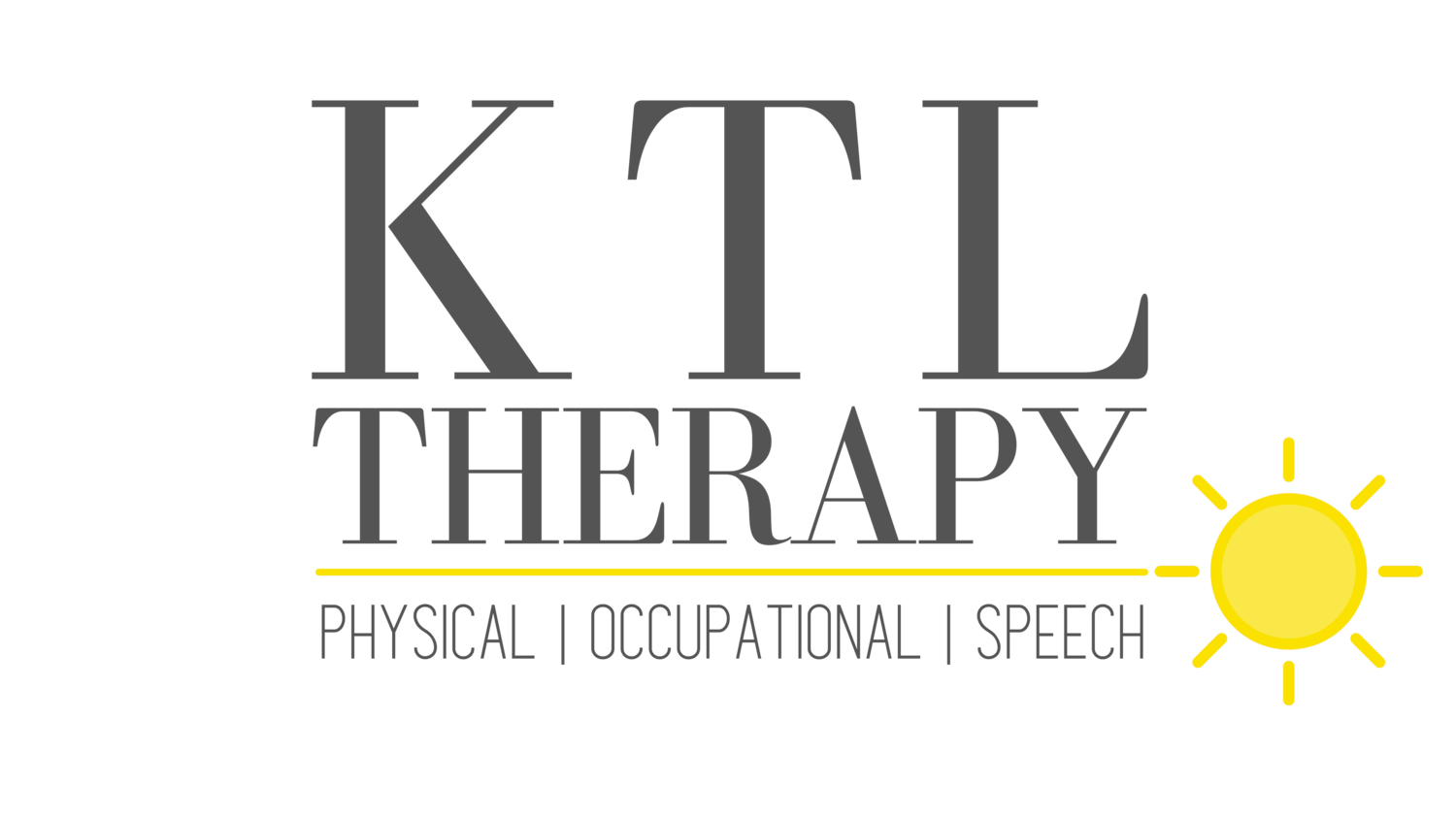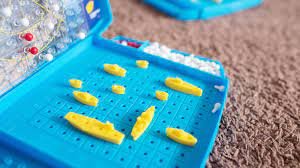Building Language with a Barrier Game
Barrier games offer ample opportunities for a child’s language development while keeping their attention and interest.
If you’ve ever played Battleship, you know the challenges of another player’s board being hidden. In order to succeed, you must effectively communicate the whereabouts of your ships. Speech-Language Pathologists initiate similar challenges with a child during an activity referred to as a barrier game.
Therapy is most effective as children are fully engaged in play-based tasks.
Language skills targeted:
Forming statements and questions of increasing complexity and length
Qualitative concepts (size, shape, color, etc.)
Spatial concepts (next to, across from, below, above, left side, right side, etc.)
Temporal concepts (first, next, after, before, etc.)
Turn-taking
How to Play
Start with two matching background scenes (examples: outer space, an ocean floor, the park) and the associated pieces (examples: spaceships/stars/aliens, all kinds of marine life, playground equipment/children/nature).
Each player receives their background scene and a barrier is fixed between the players.
Player One places their pieces throughout his or her scene.
Now, Player Two will rely on descriptive communication from Player One!
Player One describes where to put a certain piece in a specific place within the completed scene (example: “Put the fish by the shell”).
Player Two follows Player One’s directions and asks clarifying questions as needed (examples: “Which fish . . . blue or red?”/“Which shell . . . big or small?”/“On the left side or the right side of the shell?”).
Once Player Two has placed all of his or her pieces according to Player One’s directions, remove the barrier to check for accurate placement.
Are there any differences between the two scenes?
Talk about the difference in each placement and how players can communicate to better place the pieces next time.
Play again!
An ideal age range for barrier games is 8-18 years old depending on the language skills being targeted. However, these games can easily be modified. If just starting out, use fewer game pieces. Add more pieces to increase the challenge level. This will expand the use of descriptive words needed for the next game and build language skills.
For more information on barrier games, click the link below!


